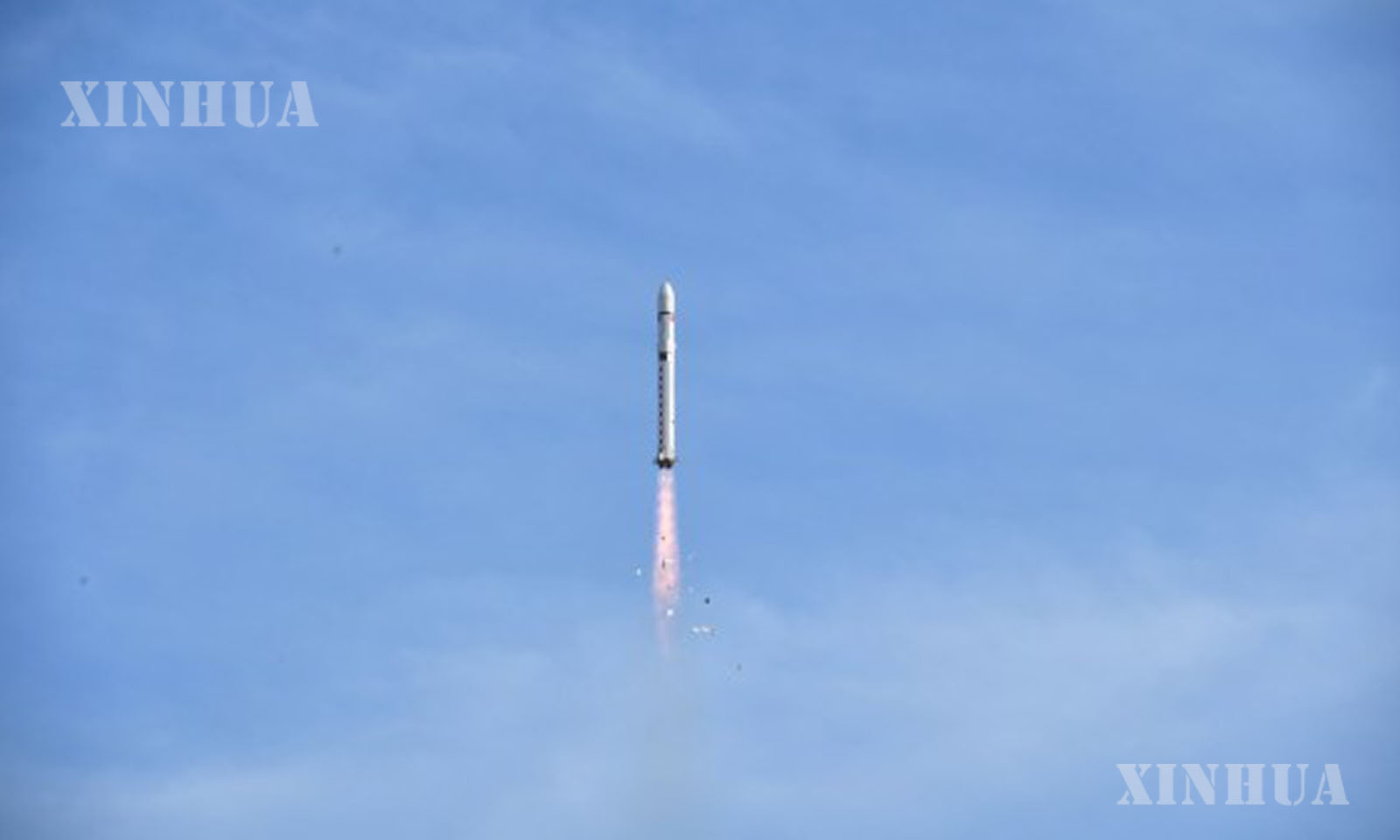China
တရုတ် သိပ္ပံပညာရှင်များက ဂြိုဟ်တုဖြင့် ငလျင်ခန့်မှန်းမှု သုတေသနများ ပြုလုပ်

ပေကျင်း၊ ဧပြီ ၈ ရက် (ဆင်ဟွာ)
တရုတ်နိုင်ငံ၏ တီထွင်သူ ကျန်းဟန်က ပထမဆုံး ငလျင်တိုင်းတာရေးစက်ကို တီထွင်ပြီး နှစ်ပေါင်း ၁၈၀၀ ကျော်ကြာပြီးနောက် ယခုအခါ သိပ္ပံပညာရှင်များက ၎င်း၏နာမည်ဖြင့် အမည်ပေးထားသော ဂြိုဟ်တုဖြင့် ငလျင်ခန့်မှန်းမှု သုတေသနများ ပြုလုပ်လျက်ရှိသည်။
အာကာသလျှပ်စစ်သံလိုက် အချက်ပြမှုကို ဖမ်းယူပြီး ငလျင်ခန့်မှန်းမှုနှင့် အာကာသ ရာသီဥတု စောင့်ကြည့် သတိပေးရန်အထောက်အပံ့အဖြစ် တရုတ်နိုင်ငံ၏ ပထမဆုံး ငလျင်-လျှပ်စစ်သံလိုက် ဂြိုဟ်တု Zhangheng 1 ကို ၂၀၁၈ ခုနှစ် ဖေဖော်ဝါရီလတွင် လွှတ်တင်ခဲ့ခြင်း ဖြစ်သည်။
“ပြီးခဲ့တဲ့ ၅ နှစ်တာကာလတွင် Zhangheng 1 ဂြိုဟ်တုက အောင်မြင်မှုရလဒ်များစွာ ရရှိခဲ့တယ်”ဟု ဂြိုဟ်တုအစီအစဉ်၏ ထိပ်တန်းသိပ္ပံပညာရှင် ဆန်းရွှိဟွေးက မကြာသေးမီက ကျင်းပခဲ့သော ၃၅ ကြိမ်မြောက် အာကာသ စူးစမ်းလေ့လာရေး စာတမ်းဖတ်ပွဲတွင် ပြောကြားခဲ့သည်။ (Xinhua)
…………………………
(English Version)
Chinese scientists resort to satellite for earthquake prediction research
Over 1,800 years after Chinese inventor Zhang Heng developed the first-ever seismoscope, scientists are now carrying out research on earthquake forecasting using a satellite named after him.
Launched in February 2018, China’s first seismo-electromagnetic satellite, Zhangheng 1, was designed to capture the electromagnetic signals in space, offering support for earthquake forecasting as well as space weather monitoring and warning.
“Over the past five years, the Zhangheng 1 satellite has racked up numerous achievements,” said Shen Xuhui, the chief scientist of the satellite program, highlighting the latest progress of the satellite at the 35th National Symposium on Space Exploration held recently.
1. China launches its first seismo-electromagnetic satellite, known as Zhangheng 1 in Chinese, into a sun-synchronous orbit from Jiuquan Satellite Launch Center, in northwest China’s Gobi Desert, Feb. 2, 2018. (Xinhua/Wang Jiangbo)






